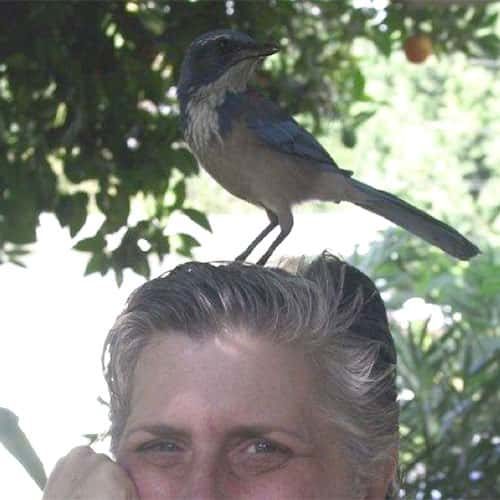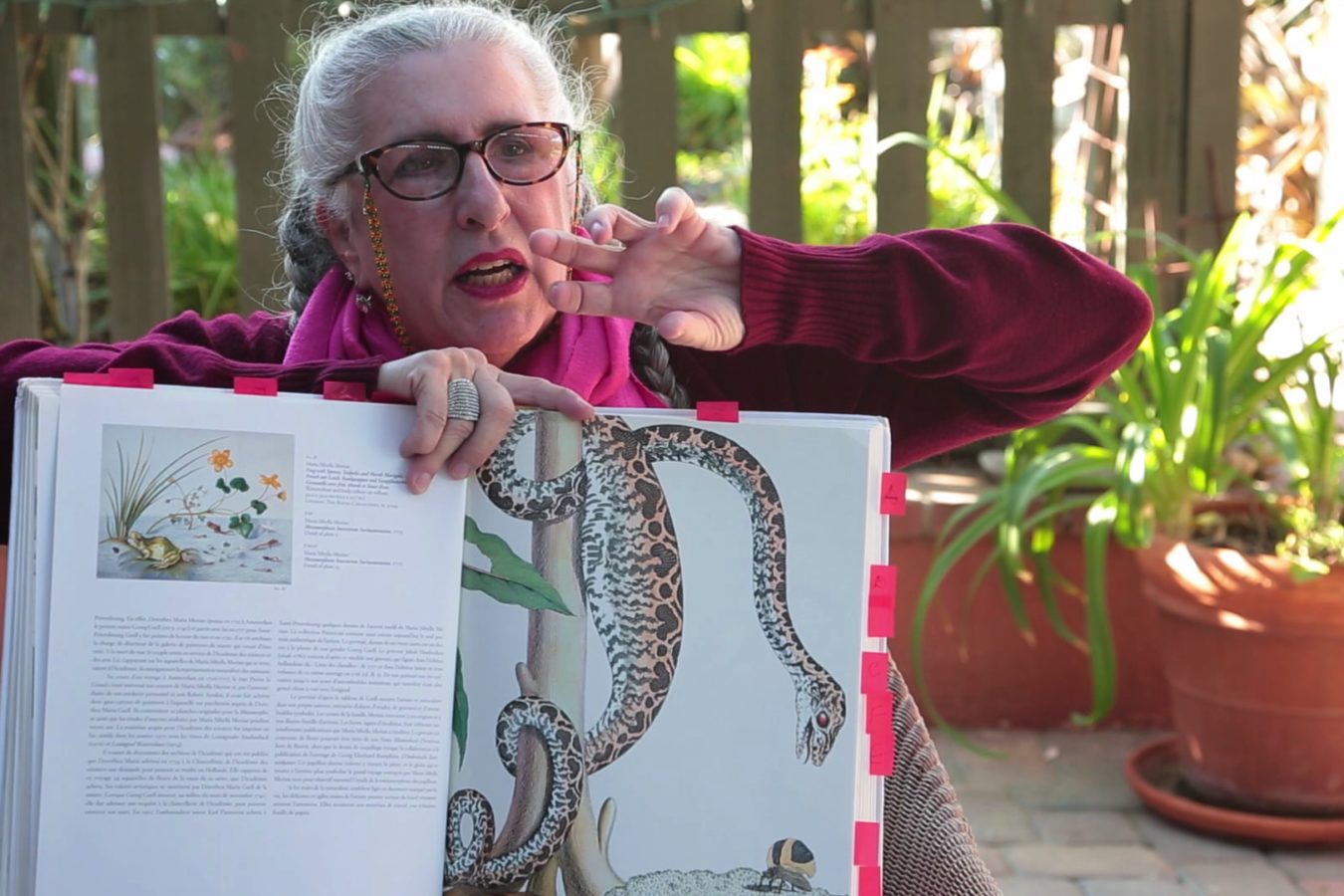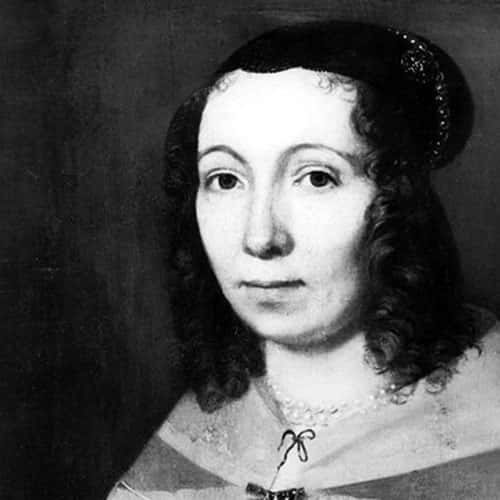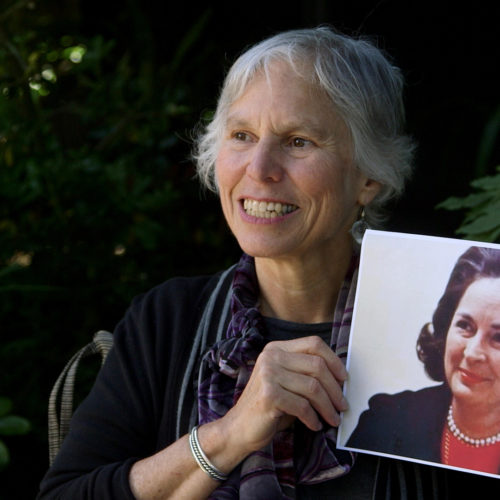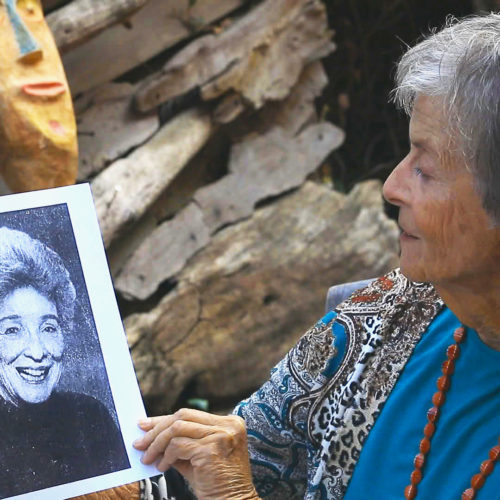The work of German-born Maria Sibylla Merian (1647-1717), particularly the illustrations from her devoted study of insects, remains the standard by which contemporary artists and naturalists are judged. At a time when women were expected to remain out of the public eye, Merian (aged 52) undertook a three-month journey to the Dutch colony of Suriname to further her observations. Merian was also a vocal critic of the mistreatment of native peoples there due to colonialism and credited those that helped her complete her studies in her published works. While she was widely renowned at the time for her findings, in later years her achievements were overlooked. The re-issuing of her magnum opus “Insects of Suriname” in 2016 has helped bring her important contributions back to light.
New York Times
Paintings by Maria Sibylla Merian from “Maria Sibylla Merian: Insects of Surinam” (Taschen America LLC)
